Do you know the true story of Halloween? The flames, the spirits, the dances, the tributes and finally the mythology? Do not worry anymore, because this week we will reveal the deeply rooted beginning of this remarkable holiday that many people celebrate today. To add, we will explore ancient legends and traditions that provide a greater understanding of this anticipated annual event. In sum, we identify Samhain.
A Celtic Holiday
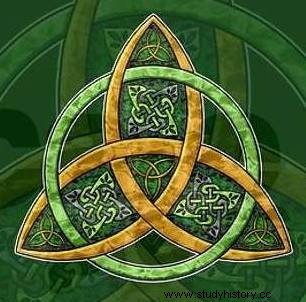
The basis of Samhain (SAH wine) dates back to Neolithic times. Tombs have been discovered in Western Europe showing relationships to the incident through carvings. Most of Western Europe at some point in history was predominantly Celtic, so this tradition is very old and remarkable. Samhain became known for his recognition of the end of the year along with the coming of winter and long nights.
For the Celts, this was a time of reflection and tribute as many prepared for change. The event takes place between the thirty-first of October and the first of November. It is believed that at this time of year, the spirit portal was at its thinnest, which promoted festivity. Followed by ancestors or various other spirits who cross over to the mortal world to visit or mingle with the living. Essentially, Samhain became a significant event for the Celts in Western Europe.
Traditions in Samhain
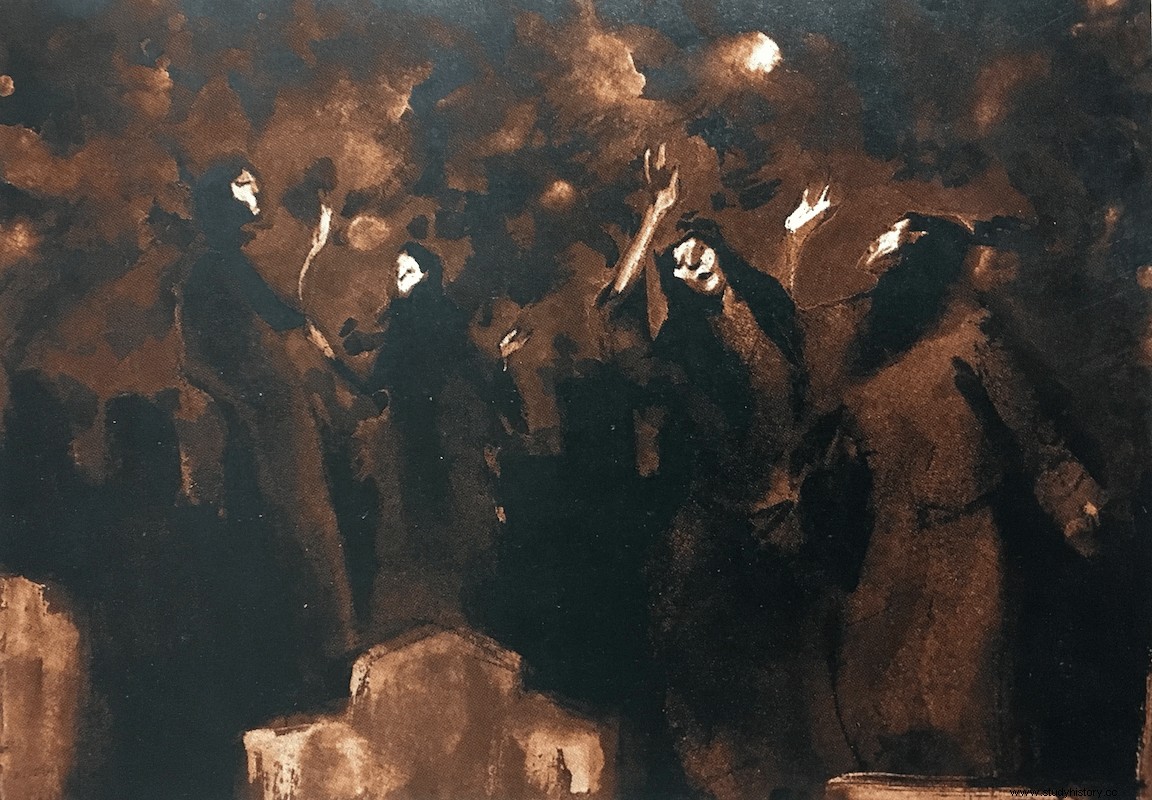
Also, some traditions celebrated in Samhain vary from region to region, but follow the same goal. For example, lighting a fire in an overall setting and encouraging people to quote prayers or wishes for well-being. Another interesting tradition for Samhain in antiquity was that it was a mandatory event. This means that those who did not participate in the event were punished by failing to pay homage to the gods.
In addition to this consequence, there was also retaliation for receiving a death sentence if a crime was committed during the festival. Furthermore, another tradition for Samhain was the infamous act of dressing up. This was crucial for participation because it helped ward off evil spirits from harming people. Remember that at this time, the role of humans was to offer food offerings to graves, so protection against other world beings became important. Most Celts would dress up as mythical monsters and animals, imitating survival.
More ancient traditions
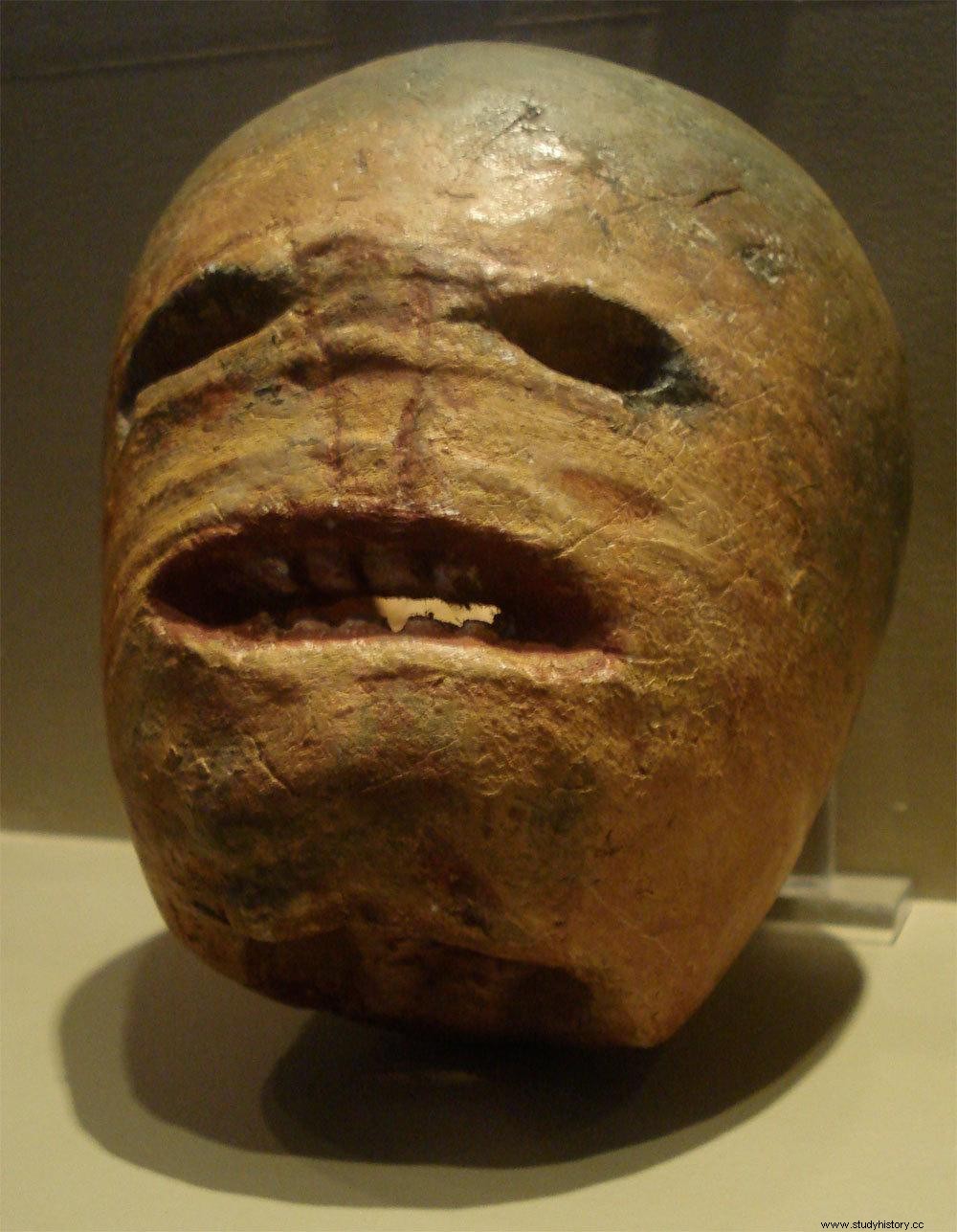
Apart from dressing up, lighting bonfires and paying tribute to ancestors, the Celts also celebrated Samhain by collecting crops. This time of year in the Celtic calendar became known as the end of summer. When the dark half of the year marked a new era, the Celts were motivated to pursue self-sufficiency. As mentioned before, this becomes crucial for winter survival as the climate proves to be challenging for natural resources.
In Samhain, people would gather all their crops and hold a big party to celebrate the end of another year. Apart from the fact that this action took place, another was also the cutting of turnips. The practice of cutting turnips with disturbing expressions was beneficial in Samhain because it also helped keep evil away. This was the very predecessor of the modern Jack O Lantern. One of Samhain's main goals was to be able to celebrate in safety without interruption.
The mythology of Samhain
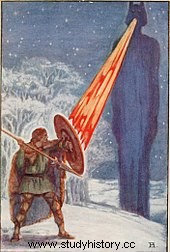
Then comes the gripping mythology and folklore of Samhain. Since Samhain is mainly known for its celebration of life after death, it is also its mythological flair. To illustrate, one of the most prominent stories that takes place in this event is entitled "The Adventures of Nera". The story centers around the main character Nera who meets fairies and a corpse. Along with that, he goes up to a challenge that brings him into the spirit world.
All in all, the story ends with a surprising twist that continues to motivate people every single Samhain. Another famous story is "Fionn Mac Cumhaill" where the hero Fionn overcomes the evil spirit Aillen with a magic spear. These actions give him the role of leader of Fianna (the warrior tribe). These stories are actually entertaining and promote ancient traditional beliefs. In short, there are a large number of exciting epics to discover from Samhain.
Superstition of Samhain
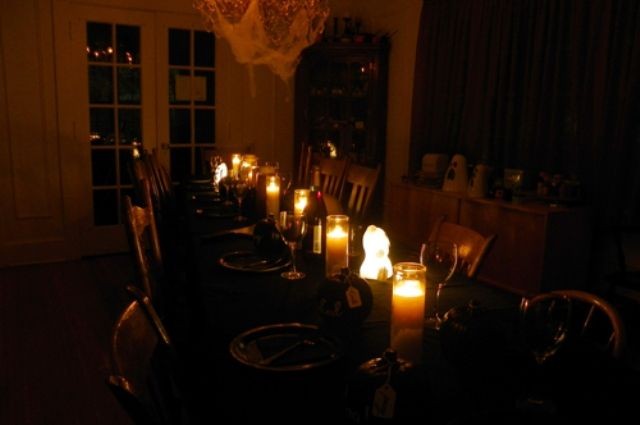
In addition, there are also several disturbing superstitions that play a major role in the holiday season. For example, it is warned that if you hear footsteps behind you, do not look back because a spirit is following. The next is that Samhain becomes a recommended time to communicate with long-lost relatives. The spirit energy is at its peak and the dead are highlighted in Samhain, so it is encouraged to perform sessions.
This ensures that wisdom or a lost message is retrieved by living successors of the deceased. Similarly, certain animals were thought to be associated with bad alerts, such as owls and cats. Spiders were also the subject of ancestral worship when it emerged how the meeting meant that a deceased relative was nearby. The last superstition is the "stupid communion", when the Celts leave the windows and doors open on Samhain night. The purpose is to let spirits from dead relatives come in, attach and keep in touch with known matters.
Monsters of Samhain
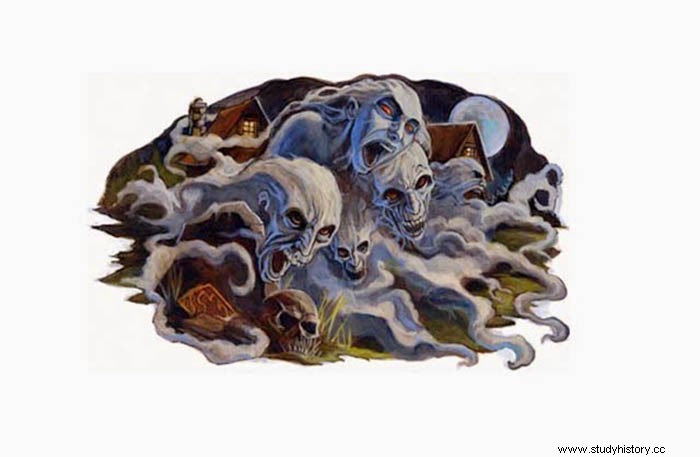
In the same way, the many contemplative monster figures come from Samhain. Although the Celts were focused on capturing deceased relatives and celebrating the harvest, they also manifested several threatening figures. To illustrate, it is the idol of Pukah, who is a shapely creature who collects offers from the festival. The next one would be The Lady Gwyn. She is described as headless and wearing white clothes. The more alarming factor about her character is that she is known for chasing those who wander at night!
Besides, she's not alone, since she has her black pet pig next to the feat. Equally important is the Faery Host (Supernatural gang of hunters) who haunts Samhain by abducting humans. Similarly, a similar figure is Sluagh, who comes to people's homes and steals souls. In all, most of these monsters' agendas are typically geared toward more harm than good. Nevertheless, they give a thrill to Samhain.
Samhain evolution through the ages
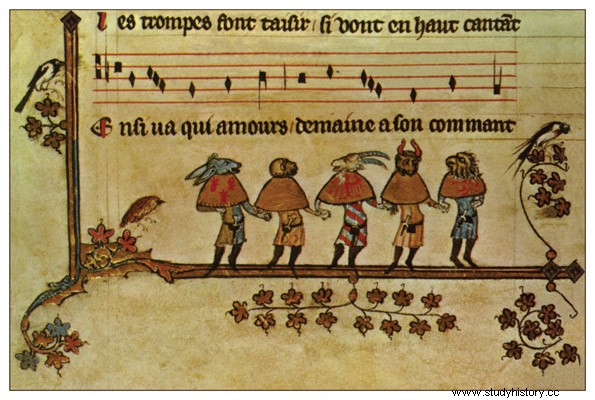
Furthermore, Samhain's image begins to develop at the beginning of the Middle Ages. During this exciting period, many villagers would practice the event in a more intimate setting such as at home. These bonfires became more common near rural areas throughout Western Europe to prevent damage from supernatural forces. In addition, superstition flourished throughout the continent, which only gave further fear and action.
Another change of Samhain that occurred in the Middle Ages was different Celtic regions in Europe that created games and activities. Although Samhain is believed to have its roots in the British Isles, other neighboring regions that share Celtic heritage followed. In Scotland and Ireland, the cutting of turnips became common as these forerunners strived for sealed evasion of evil forces. Furthermore, with the custom established in these territories, Scottish and Irish migrants brought their traditions with them to America. This was soon practiced with pumpkins that many now recognize as a staple in the Halloween reputation.
Beyond Ireland
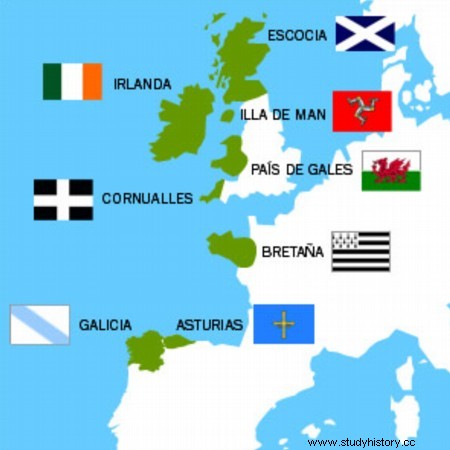
When many imagine Samhain or the Celtic world, Ireland is the first thought that comes to one's mind. Although Ireland is part of the Celtic nations and plays a major role in Samhain, other regions celebrate. As we get further into the origins of Samhain and the root of making Halloween, we discover several different aspects. Followed by becoming more aware of the great and flourishing Celtic culture that persists to this day in Western Europe.
Across the Atlantic, there is a magical and ancient world full of surprises and obscure beauty. The celebration in other Celtic areas in Europe provides a better understanding of how this ancient holiday affects modern regions. To also the role they play in the formation of modern Halloween. Together come appreciation and experience.
Gallaecia
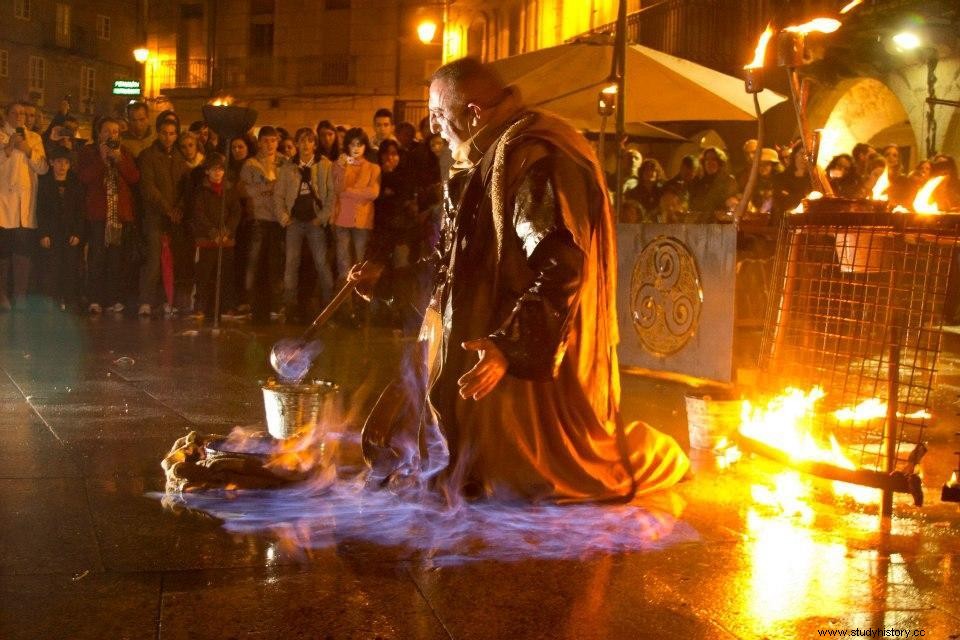
To begin with, in southwestern Europe we visit our first region in Gallaecia. Located in present-day northwestern Spain and northern Portugal, this territory retains strong connections to its Celtic roots. Historically, this place was notorious for its reputation as "Terra de Meigas". Furthermore, Samhain celebrations that take place in this territory consume flaming "Queimadas" while reciting ancient Celtic songs and spells. This practice takes place in coastal areas such as A Coruña for example.
It is a fun, mythical and generally fun event to attend because it mimics old tradition. Another Celtic tradition for Samhain that takes place here is people who dress up with a chestnut necklace and the rigueur mask. This is a sight to behold because they walk around the city with lit candles peacefully through the night to promote mystery. All in all, the Gallaecia region is a great addition and example of how Samhain reaches beyond Ireland.
Brittany
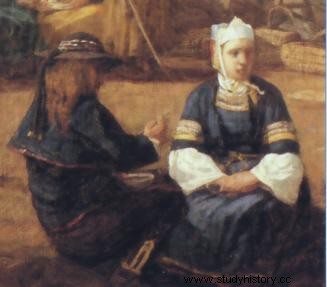
Then comes the exciting country of Brittany. Located in northwestern France, Brittany also becomes another premier Celtic nation that emulates Samhain in style. At this time of year, the Bretons celebrate by baking famous delicacies such as "Kornigou". It is a cake shaped like the image of a horn god who returns to the spirit world under Samhain.
Based on Breton mythology, this custom in Samhain is widely celebrated. This region of France is also remarkable because modern Bretons are believed to have descended from ancient Britons. The British in Britain migrated to this region of France when the Anglo - Saxons began to dominate their former territories. With these actions, the British brought their culture and customs to this country, thus creating Brittany. All in all, Brittany is another great example of following Samhain and its ancient traditions.
Cornwall
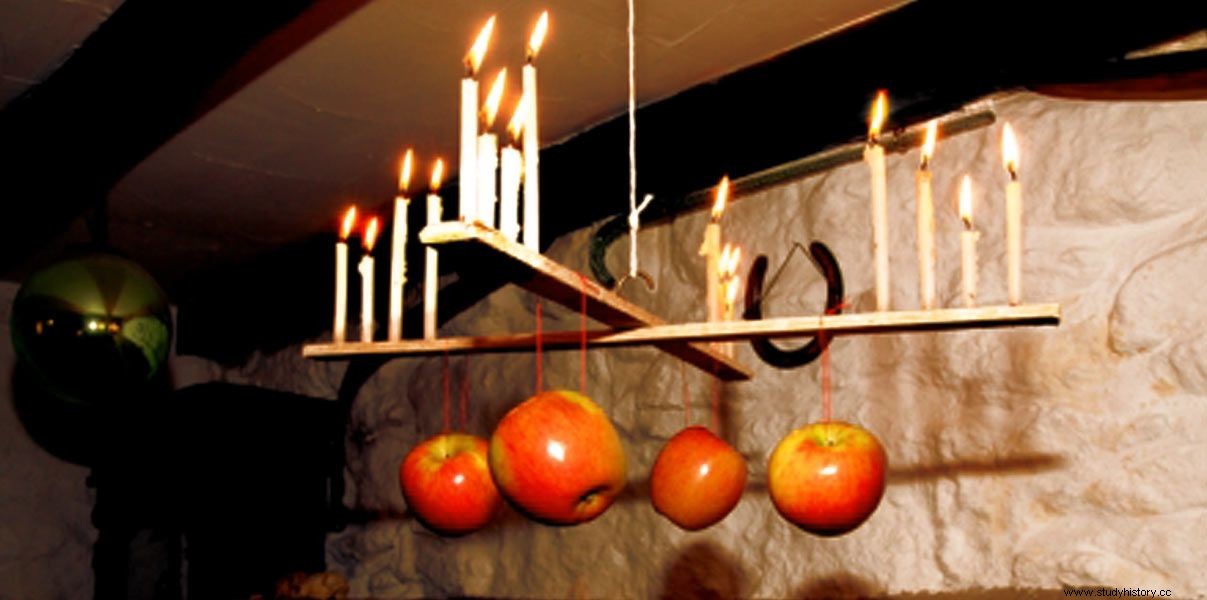
Our next region in Western Europe is coming to Cornwall. For those unfamiliar with the location of this Celtic nation, Cornwall is rooted in the south-west of England. In Cornwall, Samhain is also known as Nos Calan Gwaf. Followed by the festival being recognized by "Allantide".
I know it can seem confusing with so many names, but above all, they follow the same purpose with Samhain. Autumn and the tribute to the dead also dominate here. Under Allantide, Cornish Celts sought wisdom and insight from fortune-tellers as spiritual energy is believed to thrive. Also, another great significance for Cornish Celts in Samhain was the use of apples. They play a major role in Allantide because it served both superstitious and romantic purposes. For example, if children did not rest with an apple under the pillow, they were afraid of experiencing bad luck.
Bonus Cornish Samhain Traditions
Apart from the romantic and superstitious purposes the apple played in Cornish Samhain, there are also a few more factors to consider. One became the practice of a game that requires nailing pieces of wood shaped like a cross in the ceiling. From there, the players placed four lights on the end sections. The last surprising twist in this game was to put an apple on this burning cross and get the players to eat.
The player who ate the apple the fastest would save himself from getting burning wax on his face. Although Cornish Samhain traditions differ slightly from the Irish version, this is what makes these unique cultures' versions fascinating.
Wales / Isle of Man
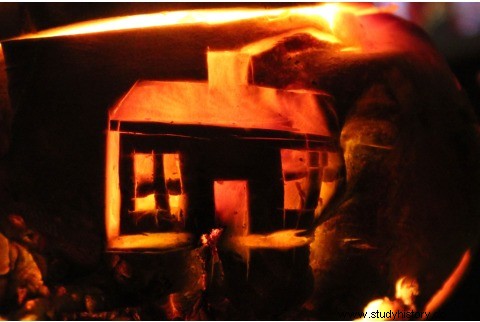
Our last Celtic region comes to Wales and the Isle of Man. These territories are also within the United Kingdom. During Samhain, Welsh Celts took the celebration a little more violently than their other Atlantic cousins. For example, Welsh men enjoyed throwing burning firewood at each other in violent challenges. Along with setting up fireworks. They are quite enthusiastic about imitating ancient traditions.
On the other hand, the Isle of Man calls its version of Samhain Hop-tu-Naa. The Isle of Man is more jubilant as opposed to the Wales approach as the inhabitants traditionally sing with beautifully carved turnips. Local competitions are held on the Isle of Man which encourage residents to make the most visually presenting turnip. More than anything else, the Samhain tradition is highly valued in this region. It continues to serve as one of the oldest unbroken traditions on the Isle of Man.
The Meaning of Samhain:The Celtic Genesis for Halloween
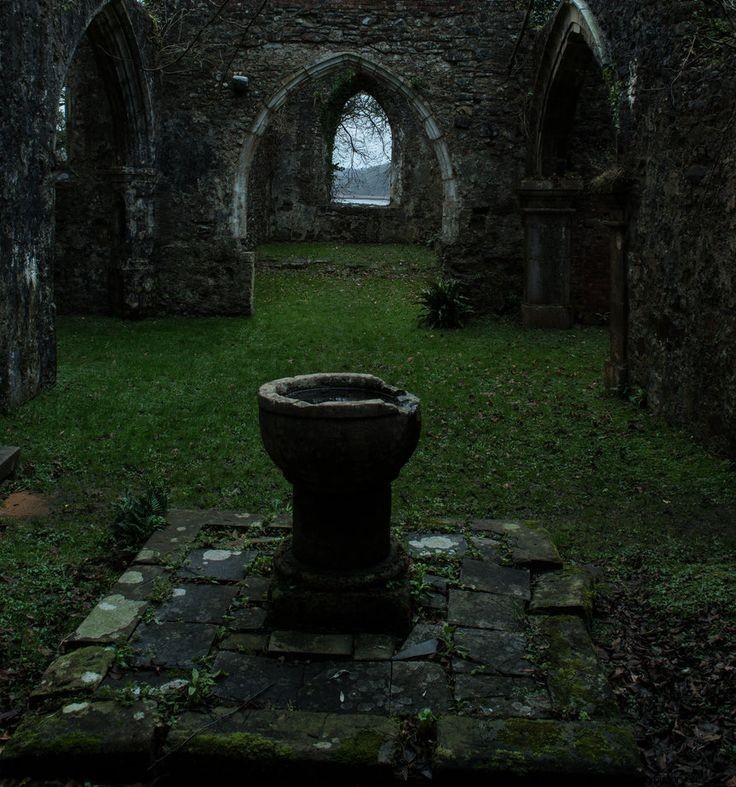
In conclusion, from ancient practices, beliefs and unique variations across Atlantic Europe, the Celtic spirit persists! Samhain is more than just what it seems to be for many. This is a time to gather, reflect and celebrate life because, in truth, time is irreconcilable. There is beauty in tradition and magic!
Samhain is one of those celebrations that perfectly reflects that because it has evolved into modern Halloween. Furthermore, the holiday is a global success and one of the most recognized symbols of Celtic culture. For this reason, the influence will thrive and continue to teach others in the hope of enlightening to a charismatic society.
Works Cited
Blackwood, Sarah (Dubstar) Stars . 1996
Cedron, Rosa (Luar Na Lubre) Uah Lua (Folla Do Visco) . 2005
McKennitt, Loreena Mummers' Dance . 1997
Happy Halloween! In Galicia, Spain, "Samhain" means Night of Horrors - Tripatini
Nice Friend:The Goddess of Samhain | The Broom Closet (wordpress.com)
What is Allantide? Cornish Halloween and its traditions Cakeblog (joincake.com)
Hop-tu-Naa - Wikipedia
Samhain folklore, superstition and legends (learnreligions.com)
Samhain - Traditions, Halloween, Wicca - HISTORY
